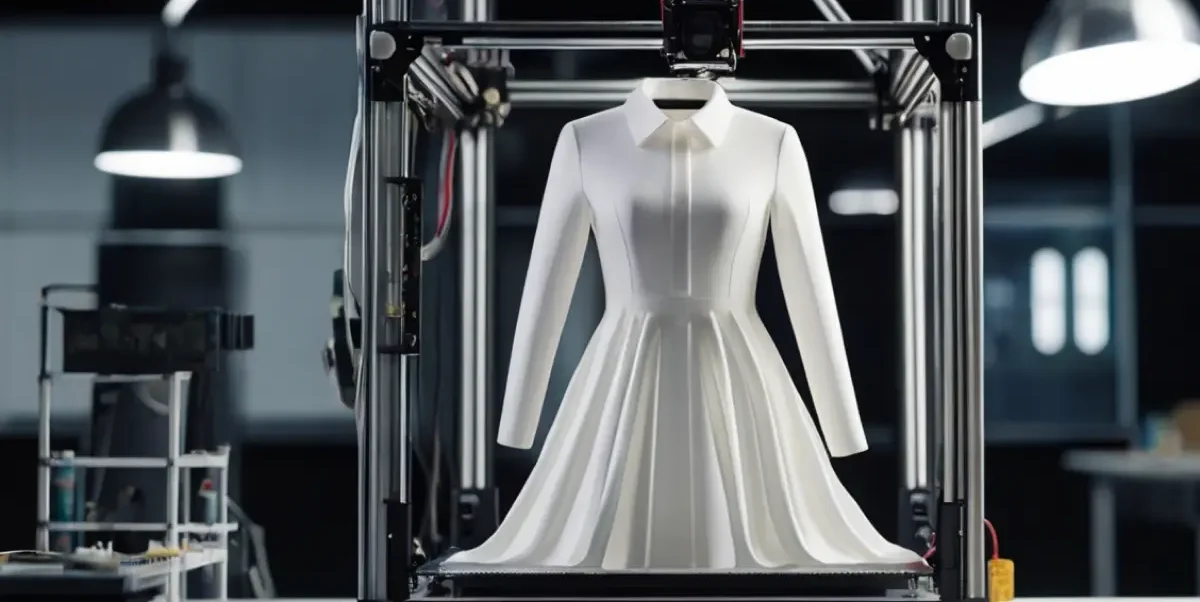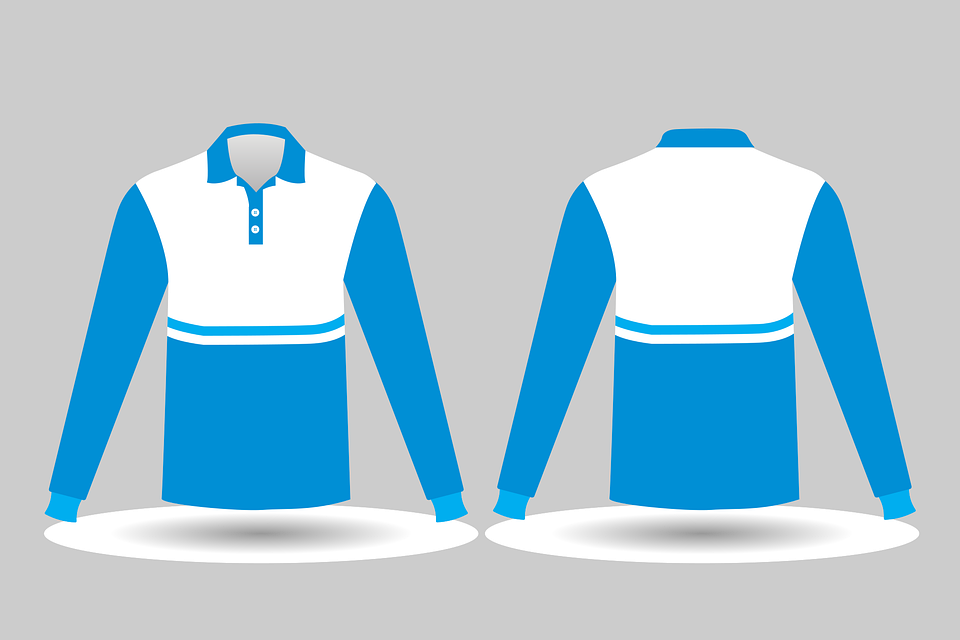Fashion and technology have long been intertwined, but 2025 marks a new frontier — 3D printed clothing. Once a futuristic concept, 3D printing is now a driving force in design innovation, sustainable production, and personal expression. From high-end runways to everyday wardrobes, 3D printed clothing trends are redefining what we wear and how it’s made.
Understanding What 3D Printed Clothing Is
How 3D Printing Works in Fashion
3D printing, or additive manufacturing, builds objects layer by layer using digital designs. In fashion, it allows designers to create garments without traditional stitching or fabric cutting. Instead, materials like thermoplastic polyurethane (TPU), nylon, and even biodegradable filaments are “printed” into wearable forms.
This method offers precise customization, reduced waste, and limitless creative potential — making it a favorite among modern designers pushing the boundaries of wearable art.
The Evolution of 3D Printed Fashion
3D printing in fashion started as an avant-garde experiment in the early 2010s. Designers like Iris van Herpen, Danit Peleg, and Francis Bitonti pioneered wearable art pieces using this technology. What was once rigid and conceptual has evolved into flexible, breathable, and fully wearable designs.
By 2025, advancements in materials and printers have made 3D printing more accessible to mainstream fashion labels and even small independent designers.
The Rise of 3D Printed Clothing Trends in 2025
A Shift Toward Sustainable Fashion
One of the biggest drivers behind 3D printed clothing trends is sustainability. The traditional fashion industry is notorious for its environmental impact — textile waste, water pollution, and high carbon emissions.
In contrast, 3D printed garments are made on-demand, with zero fabric waste, and can be recycled back into filament form. This closed-loop system represents a major step toward circular fashion.
From Runway to Retail
In 2025, many leading brands are showcasing 3D printed fashion collections that are both futuristic and functional. These designs are not limited to high fashion; they are also entering streetwear, sportswear, and accessories.
Major brands embracing the trend include:
- Adidas (3D printed midsoles)
- Balenciaga (futuristic 3D printed sneakers)
- Dior and Prada (concept couture pieces)
- Stratasys x Julia Koerner collaborations
The Key Elements Defining 3D Printed Clothing Trends
| Trend Element | Description | Impact on Fashion Industry |
|---|---|---|
| Sustainable Materials | Use of biodegradable filaments and recyclable polymers | Reduces waste and promotes circular fashion |
| Customization | Digital body scans and personal design input | Enhances inclusivity and personalization |
| Tech Collaboration | Designers working with engineers and software experts | Encourages innovation and precision |
| Smart Textiles | Integration of sensors and responsive designs | Expands fashion into wearable tech |
| Minimal Waste Production | No leftover fabric from cutting patterns | Supports eco-friendly manufacturing |
Benefits of 3D Printed Clothing Trends
1. Sustainability and Zero Waste
3D printing significantly minimizes waste by producing clothing directly from digital designs. This eliminates excess fabric and reduces carbon emissions from transport and overproduction.
2. Custom Fit and Personalization
With body scanning technology, designers can print garments tailored to exact measurements. Consumers can choose designs, colors, and even fabric textures ensuring a perfect fit every time.
3. Faster Production
Traditional fashion production cycles can take months. 3D printing compresses this timeline into days or hours, allowing for on-demand fashion that adapts to consumer demand instantly.
4. Innovation and Creativity
Designers can now create complex geometric shapes, intricate textures, and structures impossible with conventional fabrics. This opens up endless creative opportunities for fashion experimentation.
5. Reduced Labor and Supply Chain Complexity
3D printing reduces reliance on large-scale manufacturing and manual sewing. Brands can produce locally or even allow consumers to print clothes at home using open-source design files.
Challenges in Adopting 3D Printed Fashion
Limited Fabric Flexibility
Although materials like TPU and nylon have improved flexibility, many 3D printed textiles still lack the softness and stretch of natural fabrics.
High Production Cost
While technology has advanced, 3D printing machines and filaments remain costly for small brands and individual designers.
Consumer Awareness and Acceptance
3D printed fashion is still seen as futuristic by mainstream consumers. The challenge lies in educating people about the comfort, quality, and sustainability of these garments.
Durability and Comfort
Some printed designs can be less breathable or more rigid compared to woven fabrics, making them less suitable for everyday wear though this is rapidly improving with material innovation.
How Designers Are Leading the 3D Printed Clothing Revolution
Iris van Herpen The Visionary
Dutch designer Iris van Herpen was one of the first to combine haute couture with 3D printing. Her avant-garde pieces have graced runways and museum exhibitions, symbolizing the artistic potential of technology in fashion.
Danit Peleg Democratizing 3D Fashion
Israeli designer Danit Peleg is known for creating the world’s first fully 3D printed fashion collection from home printers. Her mission is to make fashion more accessible and sustainable through downloadable, printable clothing files.
Julia Koerner Architecture Meets Fashion
Architect and designer Julia Koerner collaborates with major brands and Hollywood productions, including designing 3D printed costumes for Black Panther. Her work bridges architecture, art, and fashion through computational design.
The Role of Technology Companies in 3D Fashion
Collaboration Between Fashion and Tech
Tech companies such as Stratasys, Materialise, and Carbon3D provide the hardware, software, and material innovations behind 3D printed clothing. Their collaboration with fashion houses has created groundbreaking pieces that blend engineering precision with artistic expression.
AI and 3D Printing Integration
Artificial Intelligence (AI) is now helping optimize 3D printing processes. AI analyzes fit, comfort, and environmental data to suggest better designs and efficient material usage, enhancing sustainability.
The Future Outlook: What’s Next for 3D Printed Clothing Trends
1. Mainstream Adoption
As costs fall and materials become more wearable, 3D Printed Clothing Trends is expected to reach mass-market fashion within the next decade.
2. At-Home 3D Printing
In the future, consumers might download digital clothing files and print them at home. This eliminates retail intermediaries and empowers people to design their own fashion.
3. 3D Printed Accessories and Footwear
Beyond clothing, 3D printing is reshaping accessories — from handbags and jewelry to fully printed sneakers — offering endless customization.
4. Integration with Smart Fabrics
3D printing combined with smart textiles could lead to interactive clothing that adjusts temperature, tracks health, or lights up — merging fashion and functionality.
Environmental Impact and Sustainability Benefits
Reduction of Waste and Pollution
Unlike conventional fashion production, 3D printing produces minimal waste and consumes less energy. No dyes or water are used, significantly lowering environmental footprints.
Recyclable and Biodegradable Materials
Emerging filaments made from bioplastics, algae, and recycled polymers enhance the eco-value of 3D fashion. These materials decompose naturally or can be reused for new prints.
Localized Production
3D printing decentralizes production, allowing garments to be made closer to consumers. This cuts down on transportation emissions and supports local economies.
Consumer Benefits: Why 3D Printed Fashion Matters
1. Personalized Style
Consumers can co-create designs, influencing size, color, texture, and even pattern — turning mass production into mass personalization.
2. Ethical and Sustainable Shopping
3D printed garments promote eco-conscious consumption, appealing to environmentally aware shoppers who value responsible fashion.
3. Comfort and Fit Innovations
With body-scan data, each item can be perfectly tailored, addressing one of fashion’s biggest challenges — inconsistent sizing.
4. Future Fashion Collectibles
Limited-edition digital fashion files and NFTs (non-fungible tokens) are becoming popular, adding a digital ownership layer to 3D printed clothing trends.
The Economic Potential of 3D Printed Fashion
According to global market research, the 3D printed apparel market is expected to surpass $6.8 billion by 2030, driven by rising sustainability concerns, digital fashion growth, and advancements in material technology.
Fashion houses that invest early in this transformation are poised to gain competitive advantages in cost efficiency, innovation, and brand reputation.
Conclusion: Embracing the Future of Fashion
3D printed clothing trends are not just a temporary buzz — they’re a revolution in how fashion is designed, produced, and consumed. By merging artistry with technology, the fashion world is becoming more sustainable, inclusive, and innovative than ever before.
As designers continue experimenting and technology becomes more accessible, 3D printed fashion will reshape our wardrobes, our values, and the entire global fashion ecosystem.




